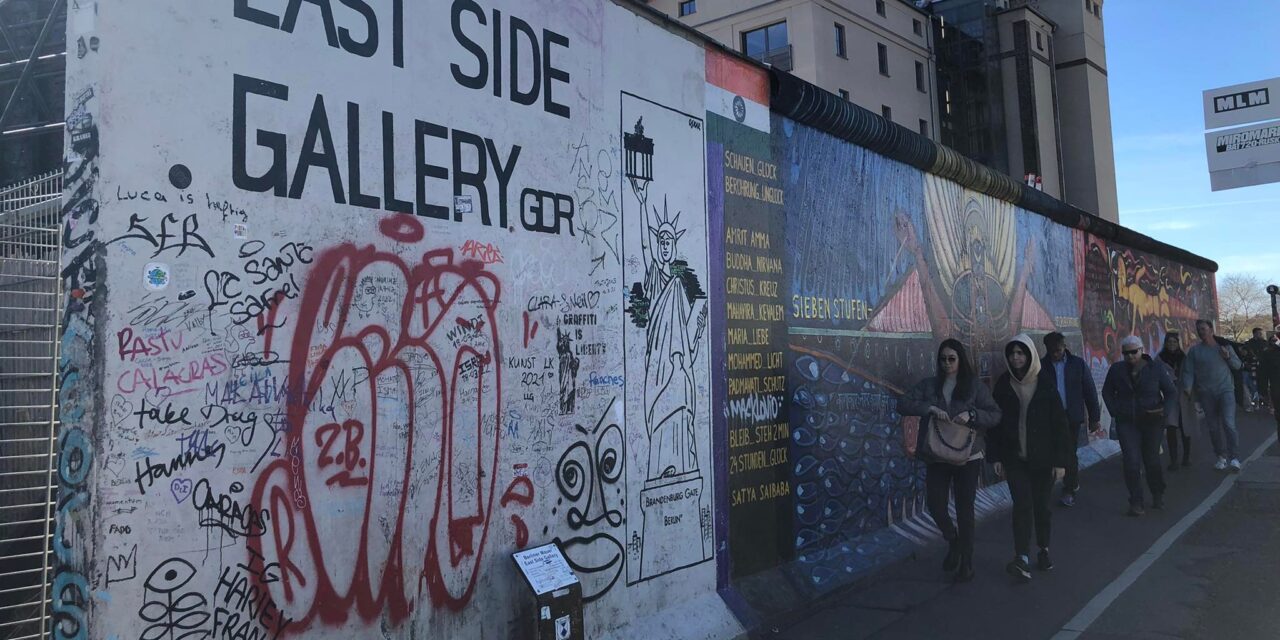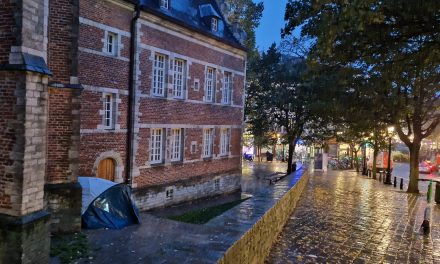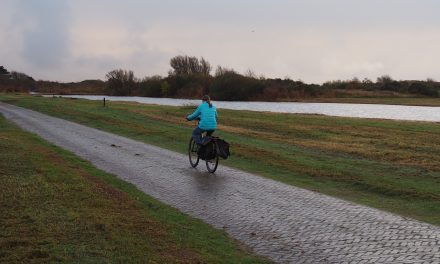The question about whether Berlin has one, and what it should represent.
Berlin is a modern city with many assets. It is a diverse city that has something for everyone. Techno enthusiasts, historians and architecture enthusiasts alike feel at home in Berlin. But what about culinary in the city? Can we speak of a Berlin food culture or is it rather a mishmash of different cuisine and influences that have gathered in Berlin over the years?
To answer that question, we first need to know what food culture exactly means. According to Per Meurling from Berlin Food stories it is all about culture blending in with the food. “Food culture is about food and culture becoming one. It is a symbiosis that results in something that can no longer be seen independently of each other. In other words, culture is recognized by food and food by culture.”
Typical for berlin
As mentioned before, Berlin is a very diverse city. even during World War Two and during the existence of the Berlin Wall, there was cross-pollination in the field of food. A time known to many as a time of division became unified in the invention of the quintessential Berlin snack, the currywurst. Invented by a newsagent, made from German sausage, American ketchup and English curry spices. Today you can find this typical Berlin snack everywhere in the famous Curry36 stands.
Other unmissable and typical foods for Berlin include the Pretzel, sauerkraut and the Berliner. “No breakfast in Berlin is complete without a good Pretzel and no family meal is complete without a pot of sauerkraut” according to food blogging duo Suzette and Ola from @lovelyberlin on Instagram.
Another asset that Berlin and Germany in general hold in their hands are the beer gardens. These are cafes or canteens with a piece of terrace/greenery where you can drink beer. Of course you can also just go to a cafe to drink a beer, but then you don’t have the atmosphere. Young and old alike gather in these places to enjoy a beer and get ready for the weekend.
Influences and migration
Berlin is a city with many influences. If you just walk down the street you will see left and right the Vietnamese, Chinese, Indonesian, Korean, Turkish and Moroccan stalls that produce the most delicious smells and try to lure you inside. The two largest migration flows to Berlin were a Vietnamese and a Turkish flow. which is not surprising if you come across a kebab stall on every corner. One of the established Turkish values in Berlin is Kebab 36. A small kebab stand with a huge line. According to Osman, the owner of the stall, kebab has already become part of Berlin culture “I was born in Berlin, just like my two sons. We thought it was important to represent our culture and roots here, but kebab has meanwhile become part of Berlin’s culture as well. You see it everywhere and every Berliner craves it, just look at the line here.”
Street food
Just like in any other big city, street food is indispensable in Berlin. Everywhere you see small stalls selling all kinds of quick bites. The inhabitants of Berlin have embraced this concept and have turned it into quite a happening. Throughout the city you will find various ‘markthallen’ where you can find artisan stalls and street food stalls. There is a possibility to sit and many locals go there on weekends to dine with their friends. The stalls here serve both authentic dishes such as spätzle, which is a type of pasta with thick cheese sauce, more modern dishes and fusion cooking such as a burger based on the currywurst.
One of the most famous market halls in Berlin is Markthallen Neun. An initiative that not only provides a place for food stalls but also for local crafts and artists. According to Gabriele Wechsler of Markthallen Neun, that is one of their strong points’ “Markhallen Neun serves as a meeting place, an art market, a restaurant and a shop. People find everything here under one roof without feeling that they are participating in mass consumption “.
Another place where you can find street food in Berlin are the street food streets. The street food streets are an initiative of the city itself. in various places in Berlin, pieces are assigned to street food sellers and their food trucks. The streets are exclusively for food trucks and must prevent them from parking where they are not allowed to park. The streets are often located at well-known and touristic places, the most famous is located opposite the Sonycenter right on Potsdamer Platz. Korean street food saleswoman Young is a fan of these streets. “Before these places existed, it was always a fight for a place where you were often not even allowed to stand. This initiative makes it clear for us and provides certainty.”
Does Berlin have a food culture?
I asked this question in a Facebook group called Berlin Foodies, and I must say the opinions were very divided. A lot of people laughed at this question because they didn’t feel that there could be a food culture in Berlin at all. Some even call the food in Berlin downright bad and nasty. Other people were slightly more positive and saw Berlin as a divided city in terms of food, but were happy about it. But no one could really tell me whether there is a food culture in Berlin or not.
Berlin is a divided city, in the past literally nowadays figuratively. There is no real sense of togetherness in Berlin and that is reflected in the food. Berlin is a city where everything is possible and everything is allowed, where you can be yourself in the craziest way imaginable, and you can feel that in the food. The waves of migration have brought with them a lot of influence and the city is letting it happen. Berlin is not a city with a real food culture, but it is a city where food is omnipresent. It is unique in so many ways so it is not uncommon to say that the food scene in berlin is also unique in its own way.




